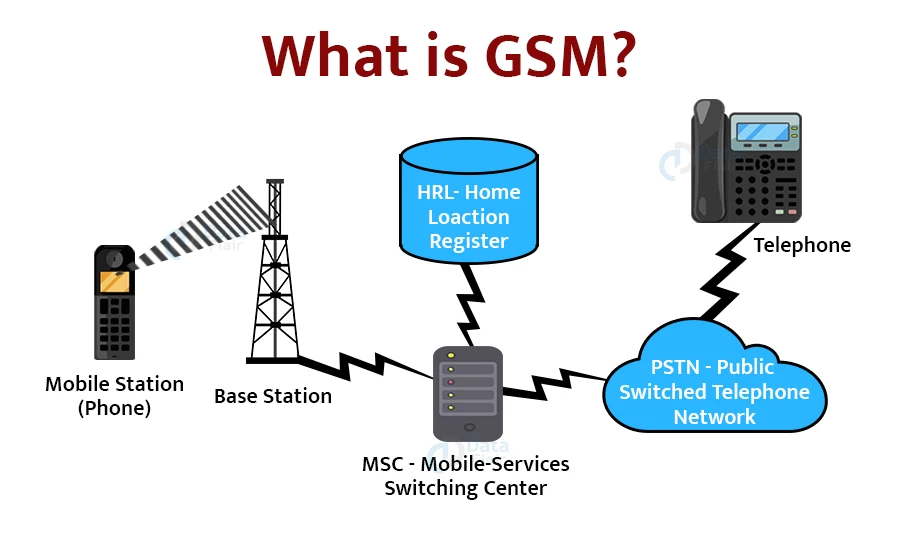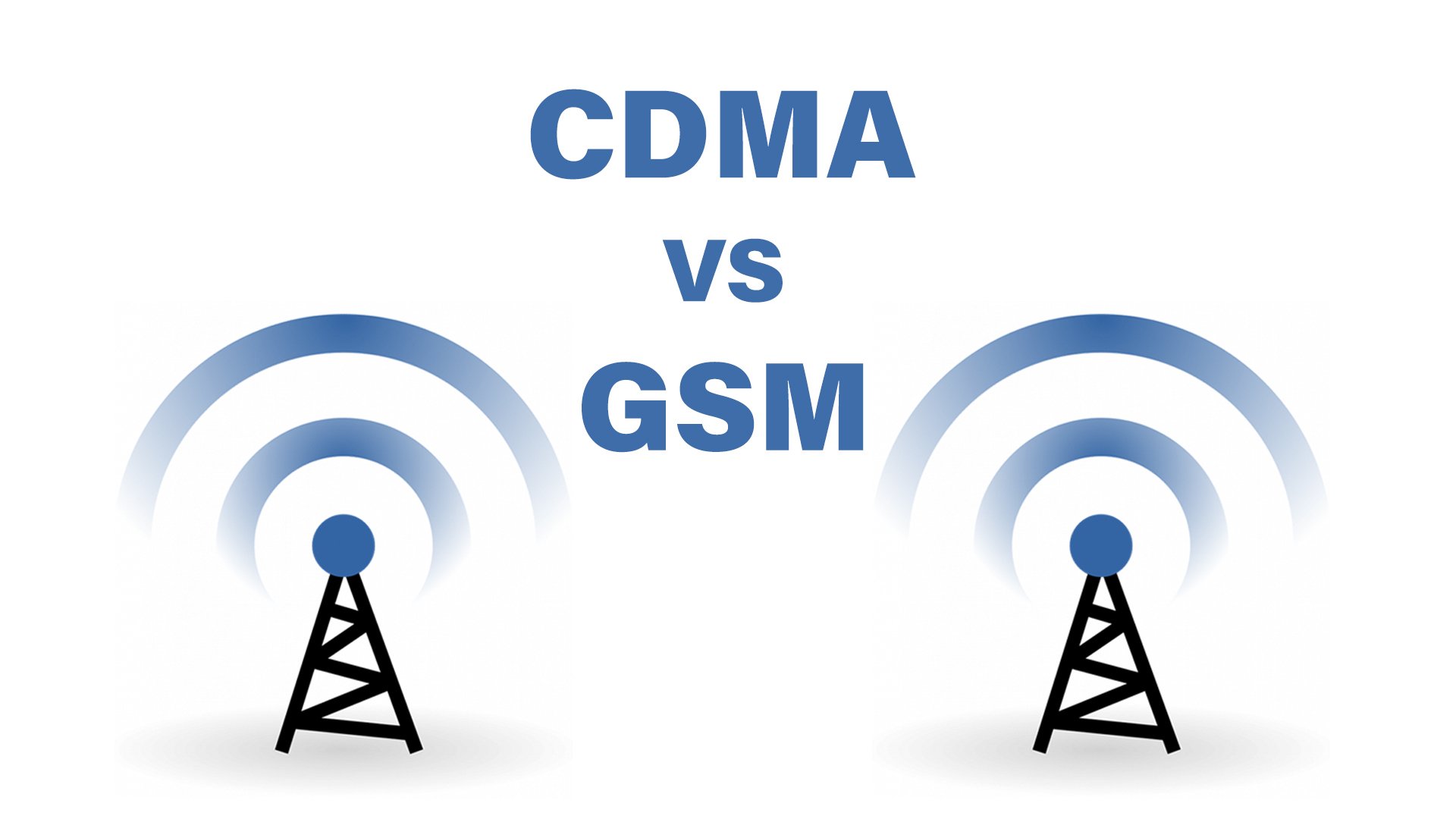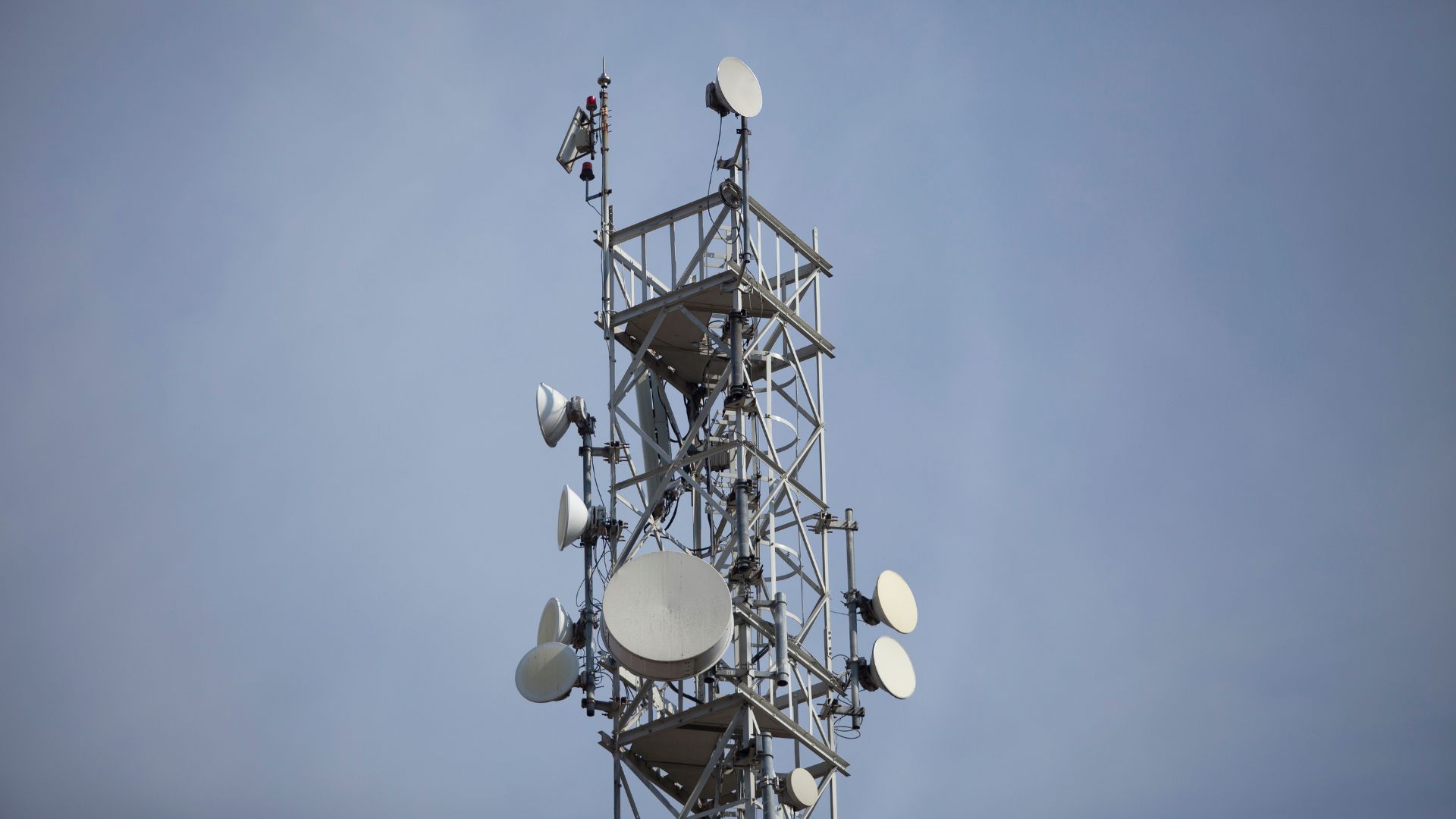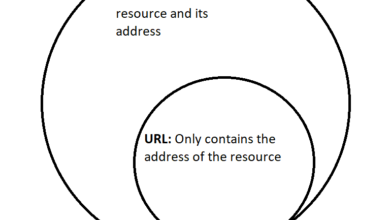CDMA vs GSM: Which Technology is Better?
The mobile cellular industry has been around for a long time and is constantly innovating to meet the needs of its users. The development of these services led to the of several other communication services, two of which are called CDMA and GSM. CDMA and GSM are the two most well-known and established technologies in mobile communication.
Both GSM and CDMA use radio waves to transmit information from mobile phones. However, these technologies are distinguished by how they do data transfer and phone calls through a network.
CDMA does not require a SIM card and instead relies on ESN (Electronic Serial Numbers) to link mobile devices to its network, one of the main distinctions between CDMA and GSM with many more to come. Let’s start with the basics of GSM and CDMA and see how they differ.
What is CDMA?
The term “Code Division Multiple Access” (CDMA) covers a variety of protocols used in 2G and 3G wireless networks, the latter of which is frequently used for mobile communication. One of the main goals of CDMA technology is to enable the wireless transmission of digital data in the form of ones and zeros, aka binary.
As its name suggests, its ability to allow several signals to share a single transmission channel increases the efficiency with which available bandwidth is utilized. It does not limit the user’s frequency range and allows data transmission across the whole spectrum at any moment. Therefore, CDMA allows multiple users to use the same frequency band without any major interruptions.
In contrast to GSM phones, CDMA phones are locked to a certain carrier and do not use SIM cards. Rather than a SIM card, a phone number is used to link a CDMA phone to the network. On the other hand, GSM phones are free to switch carriers at any time. US-cellular, Verizon Wireless, and Sprint all use CDMA networks. The CDMA network allows an unlimited number of users at once.
What is GSM?

The “Global System for Mobile” communication (GSM) is an international standard for transmitting digital voice and data across mobile phone networks. It is a second-generation mobile network and telephone standard, and it operates on a wedge spectrum.
GSM uses Time Division Multiple Access (TDMA) and Frequency Division Multiple Access (FDMA) to deliver signals while segmenting users and cells. The GSM standard has provided a way for developing further wireless services, including UMTS (Universal Mobile Radio System) and EDGE (Enhanced Data Rates for GSM Evolution).
It operates on the 900MHz, 1800MHz, and 1900MHz radio bands. The first generation of the GSM network operates on the 900MHz band, whereas the latter, the more widespread 1800MHz band, is utilized to accommodate more users. The United States is the only country that uses the 1900MHz spectrum.
Short Message Service (SMS) is a service that enables users to communicate with one another over a specific network via text messages; GSM customers were among the first to reap the benefits of this.
The Main Differences

Let’s examine the two technological approaches to determine the superior option.
Quality of the Call
Both nationwide networks are extremely dependent on network coverage for optimal call quality. In certain areas, GSM users may receive higher-quality voice transmissions than CDMA users. The GSM network also supports simultaneous voice and data transmission.
Unfortunately, not all CDMA phones can simultaneously transmit voice and data. CDMA call quality is typically higher than GSM because CDMA is less likely to experience network congestion.
The SIM Card debate
GSM phones necessitate the usage of a SIM card, which stores the user’s personal information and can be transferred to another handset without the information being lost. CDMA phones do not utilize SIM cards but ESN (Electronic Serial Numbers).
Such ESN-enabled phones require activation over the phone or online. ESN-based phones are less popular than SIM-based phones among consumers in general, due to the lack of convenience a physical SIM card offers.
Security

CDMA is quite safe because it incorporates encryption features. With CDMA, you will get a secret code, and all your chats will be encrypted. Because of this, it is more challenging for outsiders to track the signal and listen in on the calls.
Mobile phone numbers in GSM are protected by being assigned a temporary identifying number. The discussions are kept secret using frequency hopping and encryption methods. CDMA wins over GSM due to its superior security algorithms.
Network Coverage
It doesn’t matter if a network is GSM or CDMA; coverage is determined by the infrastructure the carrier already has in place, not the type of network. Although GSM networks are more widespread worldwide, in the United States, CDMA is more popular.
International Roaming

It makes basically no difference what kind of network is in your hometown; the thing that matters most is the amount of coverage offered. However, GSM had the upper hand regarding international roaming, as there were many more GSM networks worldwide and roaming agreements between these operators.
If your GSM phone is unlocked, you have the added benefit of being able to purchase a local SIM card regardless of where you are in the world. This is only possible if your phone is unlocked. However, depending on the device and network compatibility, you might not have access to all available data connectivity options.
Mode of Data Transfer

CDMA makes the most efficient use of available bandwidth since it permits the data of each user to be continuously transmitted throughout the full frequency spectrum. This allows multiple users to be connected to the same line without interfering with one another.
GSM partitions the channel into a series of time slices, and users take turns transmitting and receiving a signal during those time slices. Each time slot has a maximum capacity, and more than one user cannot use it at a time until the current user leaves. However, FDMA allows GSM to share a channel with several users by assigning them to separate frequencies.
Battery Life
GSM, a comparatively simpler technology, utilizes less battery in mobile devices than CDMA products, in general. In today’s fast-paced and demanding lifestyle, the amount of time a battery can last is crucial, so this could be a difference-maker.
Is my phone CDMA or GSM?
To find out whether you have a GSM-compatible phone or a CDMA one, all you have to do is check your settings. Whether you have an iPhone or Android, navigate to the device’s system info where you can find its model number and other important keys like that.
Check to see if your phone has an IMEI number (it most likely does), if it does then you have a GSM phone. If you see a MEID or ESN number, you have a CDMA phone. There are rare cases in which you’ll see both the IMEI and MEID/ESN numbers, in which case, your phone is compatible with both!
The Final Thoughts
GSM and CDMA are only compatible with 2G and 3G networks, respectively. With the emergence of 4G, the worldwide LTE standard has been adopted by all operators. Where LTE service is spotty or unavailable, GSM and CDMA are used as a backup.
GSM allows for simultaneous data and voice transmission, whereas CDMA does not enable this functionality. In contrast to CDMA, GSM allows users to transfer their data to a new phone by inserting their SIM card. Unlike CDMA networks, which allow only phones from approved manufacturers, GSM networks allow any compatible phone to work.
 Reviewed by
Reviewed by 




